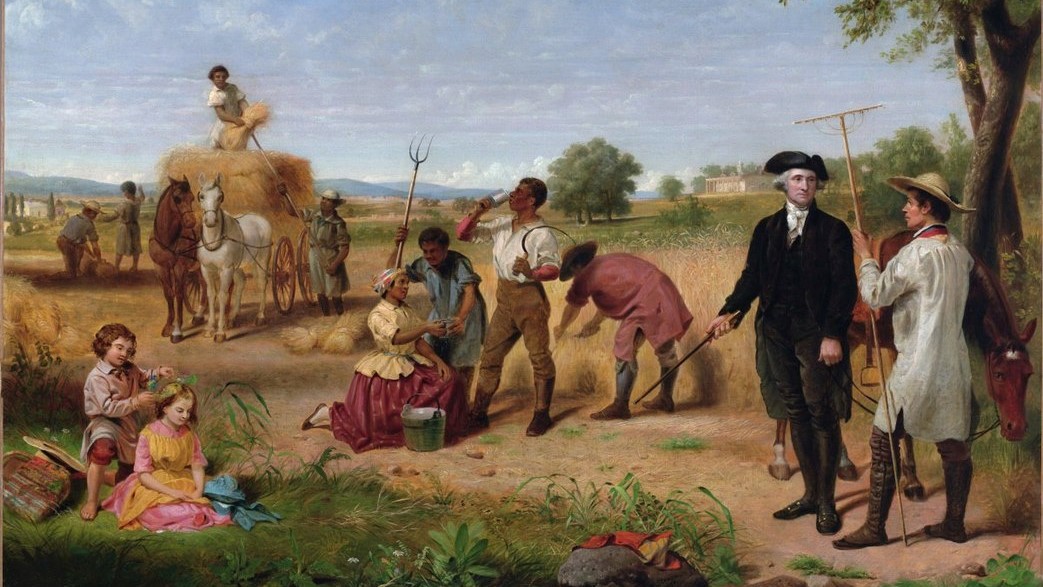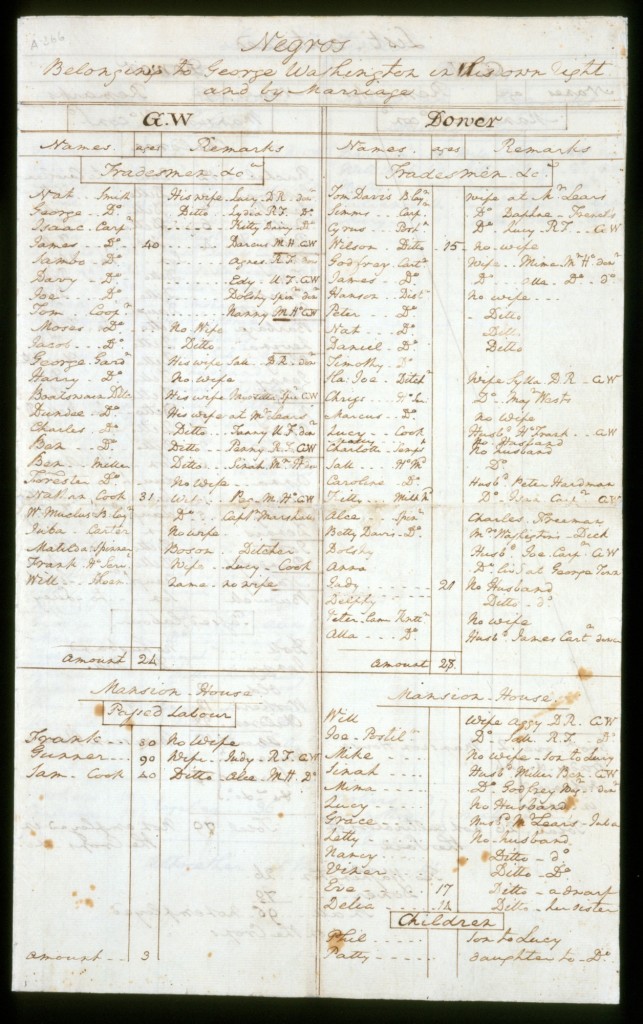Authors:
Historic Era: Era 3: Revolution and the New Nation (1754-1820s)
Historic Theme:
Subject:
June 2021 | Volume 66, Issue 4


Authors:
Historic Era: Era 3: Revolution and the New Nation (1754-1820s)
Historic Theme:
Subject:
June 2021 | Volume 66, Issue 4
Editor's Note: David O. Stewart is the author of the recently-released George Washington: The Political Rise of America’s Founding Father, which has been awarded the History Prize of the Society of the Cincinnati. He has written numerous books of history and articles in American Heritage and other publications.

George Washington led the American fight for freedom, but, from 1760 until his death in 1799 he managed some 700 enslaved people on Mount Vernon. Forty-seven of them escaped, but he recovered many of them. Washington recognized that punishing slaves “often produces evils which are worse than the disease,” yet even after announcing an end to whipping, he again employed the practice.
“If the Negros will not do their duty by fair means,” he wrote to one manager, “they must be compelled.” Enslaved people stole from him, set his property on fire, and avoided work by breaking his tools and feigning illness.
Washington only gradually, and inconsistently, came to repudiate slavery. In 1774, when he was forty-two, he joined his first anti-slavery statement as the prime sponsor of the Fairfax Resolves. One resolution demanded the end of slave imports, “a wicked cruel, and unnatural trade.”
Anti-slavery sentiment was awakening. In 1771 and 1774, the Massachusetts Assembly voted for abolition, but the royal governor vetoed both bills. Slaves entering Rhode Island and Connecticut were proclaimed free. By the end of the Revolutionary War, every state banned slave imports, though only Massachusetts and Pennsylvania prohibited owning slaves.
A French traveler in 1782 observed that Virginians “are constantly talking about abolishing slavery.” Such statements eventually came from Washington, though never consistently.
He initially excluded black soldiers from the Continental Army, but roughly 5000 African Americans served in it. Washington accepted a Rhode Island battalion of African American soldiers who would be freed at war’s end. He later ordered that black and white Rhode Islanders serve in an integrated unit. Yet he rejected raising a battalion of African Americans in South Carolina and Georgia, fearing the venture would foment southern unrest.

Washington honored black soldiers’ sacrifices. He could hardly justify taking their liberty after they had suffered and died for his. Yet his inconsistency on slavery persisted. He instructed his farm manager not to sell enslaved people against their wishes. He then offered to acquire land if the seller would accept payment in Negroes “of whom I every day long more and more to get clear of.”
After the war, the Marquis